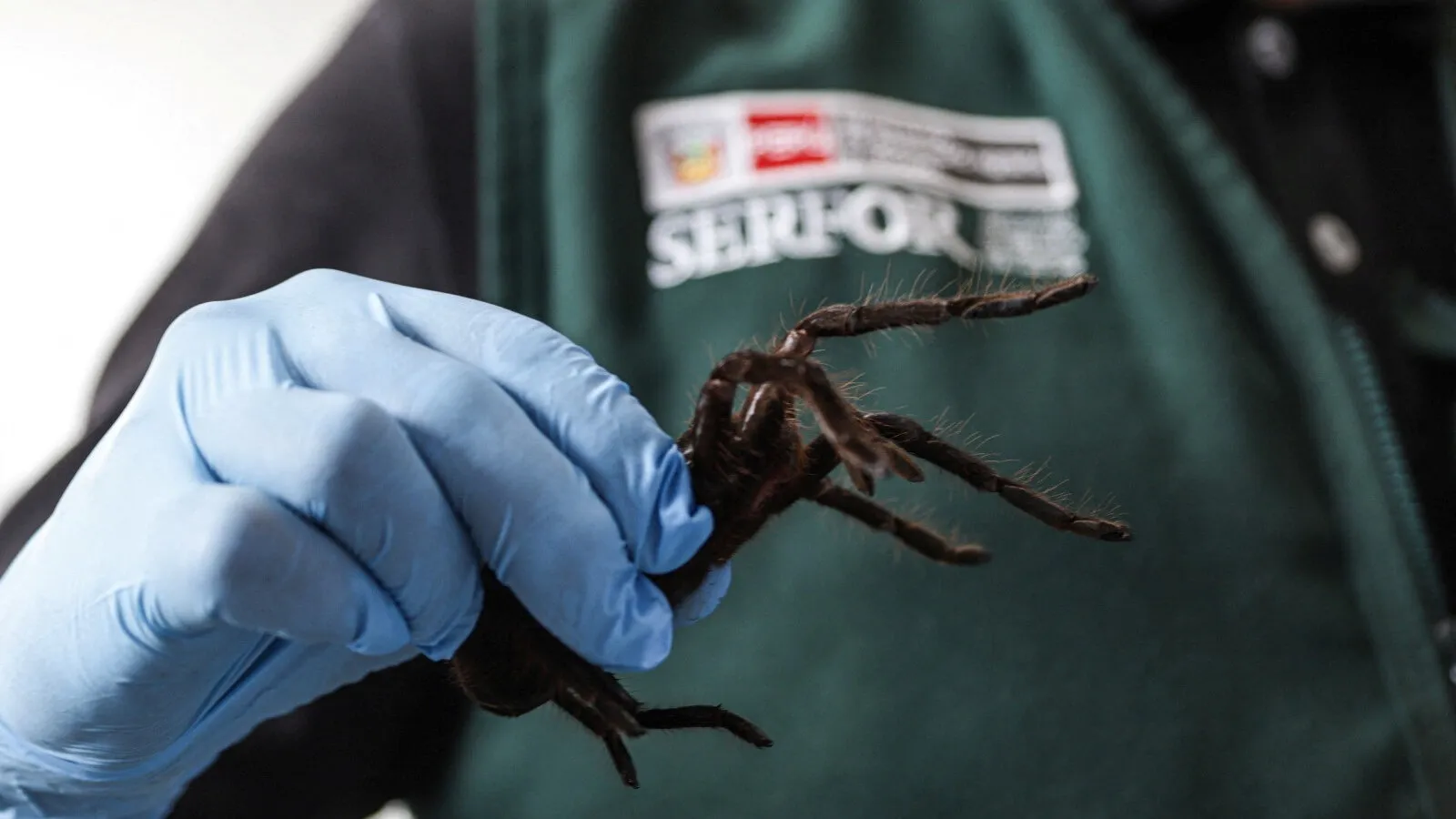The Ant Threat to Tarantulas
Tarantulas, with their impressive size and imposing presence, are often perceived as the apex predators of their micro-habitats. However, even these formidable arachnids face threats from unexpected sources, particularly ants. These tiny insects, often underestimated, can pose significant dangers to tarantulas, leading to injury or even death. The interactions between ants and tarantulas highlight the intricate balance within ecosystems, where even the smallest creatures can have a profound impact. Understanding the nature of this threat is crucial for anyone who keeps tarantulas as pets or is interested in the natural world.
Ants’ Predatory Nature
Ants are social insects, and their success is largely due to their highly organized colonies and cooperative behavior. They are opportunistic feeders, meaning they will consume a wide variety of food sources, including other insects, seeds, nectar, and even carrion. This adaptability makes them highly successful in diverse environments. Different ant species exhibit different predatory behaviors, some hunting individually while others coordinate attacks. Their small size and ability to infiltrate tight spaces give them an advantage in exploiting resources and attacking larger prey, like tarantulas, by swarming them.
How Ants Hunt
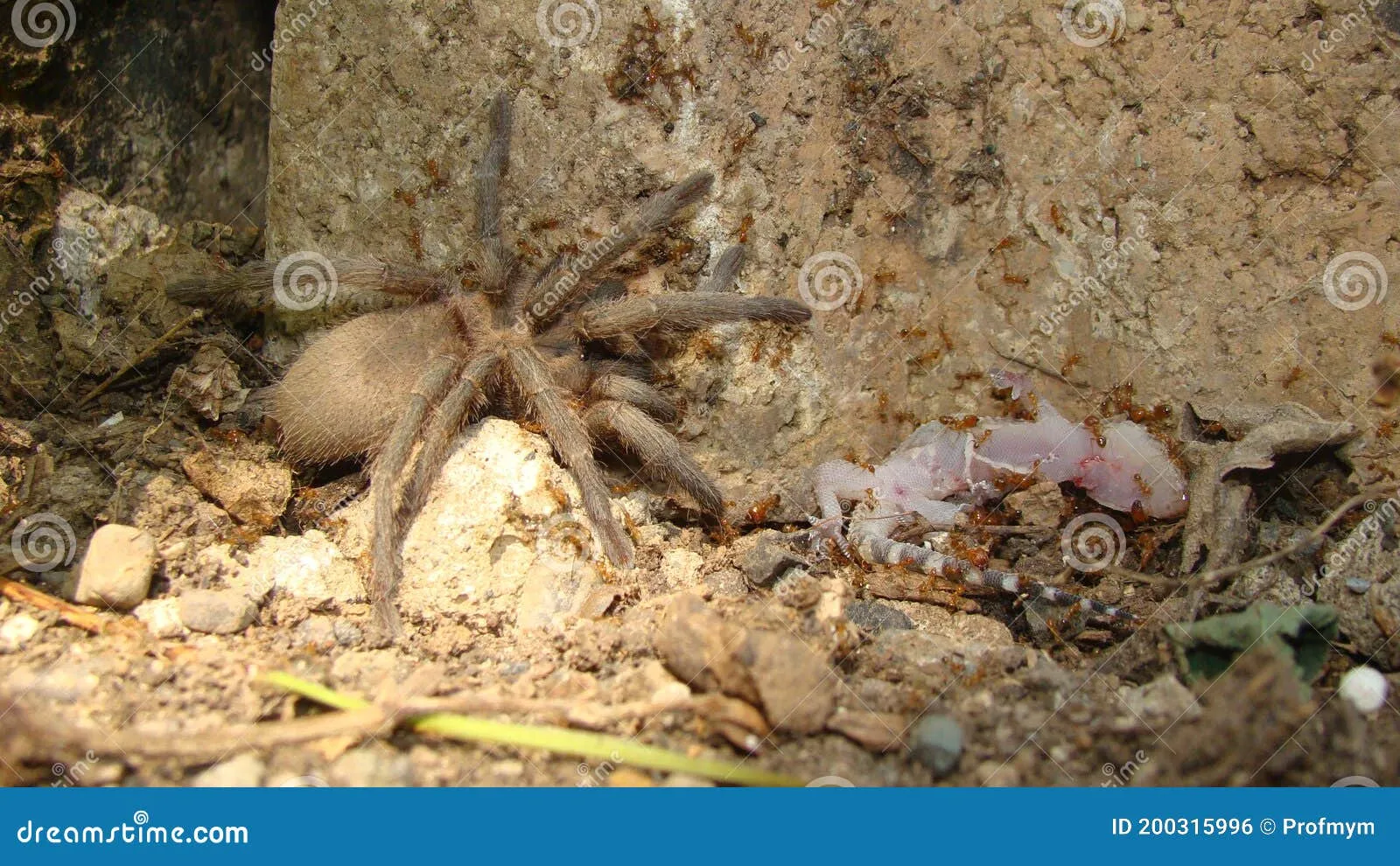
Ants employ a variety of hunting strategies. Some species use a ‘foraging’ strategy, where individual ants or small groups search for food sources and bring them back to the colony. Others are more aggressive, actively hunting and attacking prey. When ants encounter a tarantula, they may swarm it, overwhelming the spider with their numbers. They can then bite the tarantula, targeting vulnerable areas such as the soft joints of their legs or around their mouthparts. The speed and coordination of ants in numbers make them a difficult threat to deal with even for a large tarantula. Moreover, many ant species are equipped with potent mandibles and stingers, which they use to subdue and kill prey.
The Role of Venom
Some ant species possess venom, which they inject into their prey through their stingers. This venom can contain various toxins that paralyze or kill the prey. The composition of the venom varies among ant species. In some cases, it primarily serves to immobilize the prey. Other times, the venom contains chemicals that cause tissue damage, increasing the likelihood of the prey’s demise. The potency of the venom can affect the severity of the threat that ants pose to tarantulas. Even if the venom doesn’t kill the tarantula, it can weaken it, making it more susceptible to other threats.
The Five Primary Dangers Ants Pose to Tarantulas
Direct Attacks and Bites
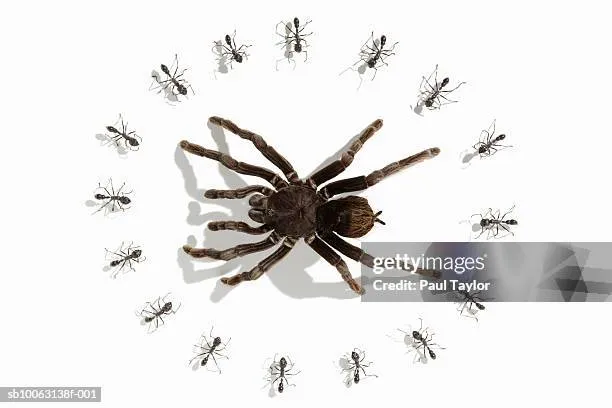
Direct attacks and bites are the most immediate danger. As previously mentioned, ants can swarm tarantulas, biting and stinging them. Because of the many ants working together, even a single ant can cause a lot of damage when it bites and stings a tarantula. The bites can cause pain, injury, and infections if the wounds are not treated promptly. Multiple bites can weaken the tarantula, impairing its ability to hunt or defend itself. In some instances, bites can lead to death, particularly in young or vulnerable tarantulas.
Invasion of the Tarantula’s Habitat
Ants are adept at finding and exploiting food sources. When they invade a tarantula’s habitat, they can disrupt the spider’s environment. This invasion leads to constant stress for the tarantula as ants search for any food left for the tarantula to eat. They compete for the same resources as the tarantula, such as water. A large ant colony in a tarantula’s enclosure can create an imbalance in the environment, forcing the tarantula to spend energy defending its territory rather than hunting or resting. Also, a tarantula might avoid the space altogether, which can affect their health and well-being.
Competition for Resources
Ants compete with tarantulas for essential resources, primarily food and water. Ants are always looking for new food sources, including any food that the tarantula leaves behind. They can consume the spider’s meals before it gets the chance to eat, leading to nutritional deficiencies. If the ants are not stopped, they may consume the tarantula’s water source as well. This can stress the tarantula, which requires these resources to survive and grow. Furthermore, this competition can affect the tarantula’s hunting behavior, since the ants will attack or steal the prey.
Spread of Diseases and Parasites
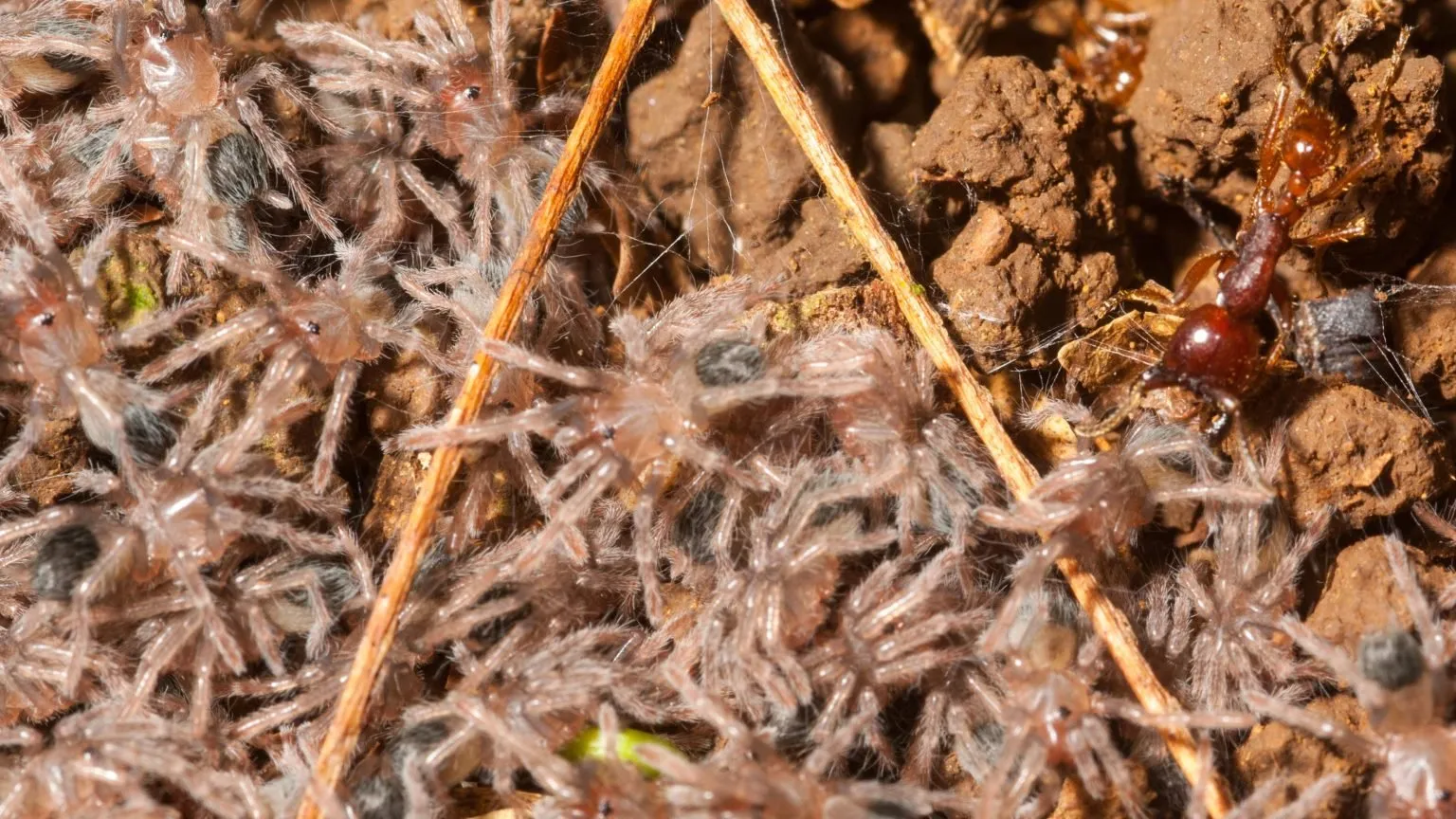
Ants can act as vectors for diseases and parasites that can harm tarantulas. As ants move through different environments, including areas contaminated with bacteria or parasites, they can pick up these pathogens. When they come into contact with a tarantula, they can transmit these organisms, leading to infections and illnesses. Certain ant species also carry parasites. These parasites can be transferred to the tarantula through direct contact or when the tarantula consumes an infected ant. These parasites can cause internal or external infections, which weaken the spider, and potentially cause death.
Weakening of the Tarantula’s Health
The cumulative effects of direct attacks, habitat disruption, resource competition, and disease transmission can significantly weaken a tarantula’s overall health. Stressed tarantulas are more susceptible to illness and less likely to molt successfully, and the constant stress can impact their growth and longevity. Furthermore, weakened tarantulas will have difficulty hunting and defending themselves against other potential threats. The presence of ants around the tarantula’s habitat can reduce their life span.
Preventing and Managing Ant Infestations
Habitat Maintenance and Cleaning
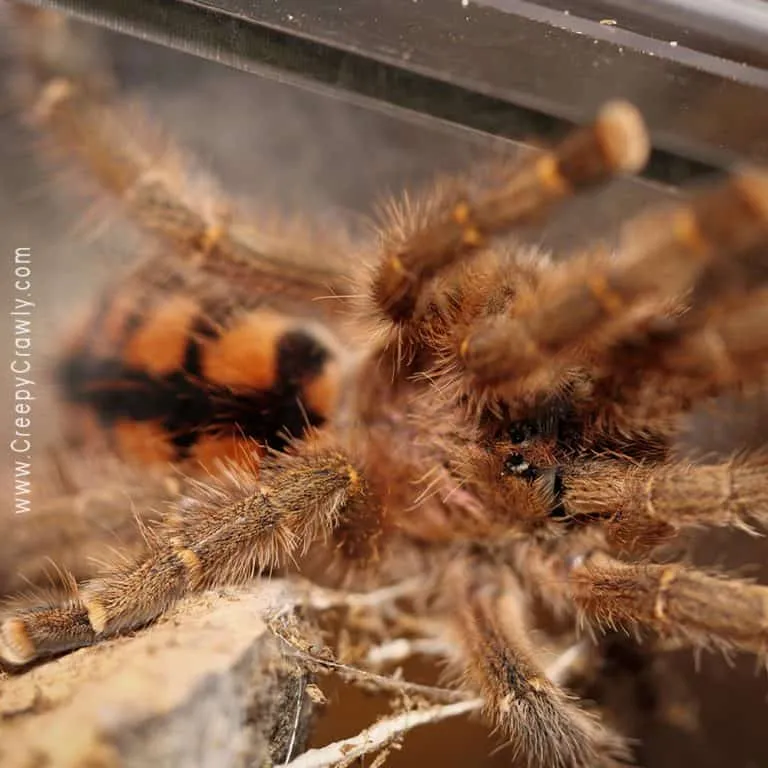
Regularly cleaning the tarantula’s enclosure is one of the most important steps in preventing ant infestations. Removing uneaten food and any organic waste will eliminate food sources that attract ants. The enclosure and all of its accessories should be cleaned, as well as the substrate. Any spills of water should be cleaned up to keep the ants away. By practicing regular habitat maintenance, owners can reduce the likelihood of an ant problem.
Natural Repellents and Barriers
Several natural repellents and barriers can be used to deter ants. Cinnamon, diatomaceous earth (DE), and citrus peels are examples of substances that ants dislike. You can sprinkle these substances around the perimeter of the tarantula’s enclosure or use them as a barrier. Ensure that any substance used is safe for the tarantula and does not cause any harm. Another approach is to create physical barriers. You can place the enclosure’s legs in bowls of water or use ant-proof tape around the enclosure to prevent ants from entering. Ensure that the tape is not accessible to the tarantula, and that it’s placed carefully to avoid any harm.
Professional Pest Control
If an ant infestation persists or is severe, it may be necessary to seek professional pest control. Pest control specialists can identify the ant species and determine the best methods for eliminating the infestation. They may use targeted treatments that are safe for the tarantula, such as ant baits or sprays that are used outside of the enclosure. Always inform the pest control professionals about the presence of a tarantula to ensure that they take the necessary precautions. After the treatment, monitor the enclosure for any signs of ants. Maintaining a clean environment and taking other measures is critical for preventing future infestations.
Conclusion
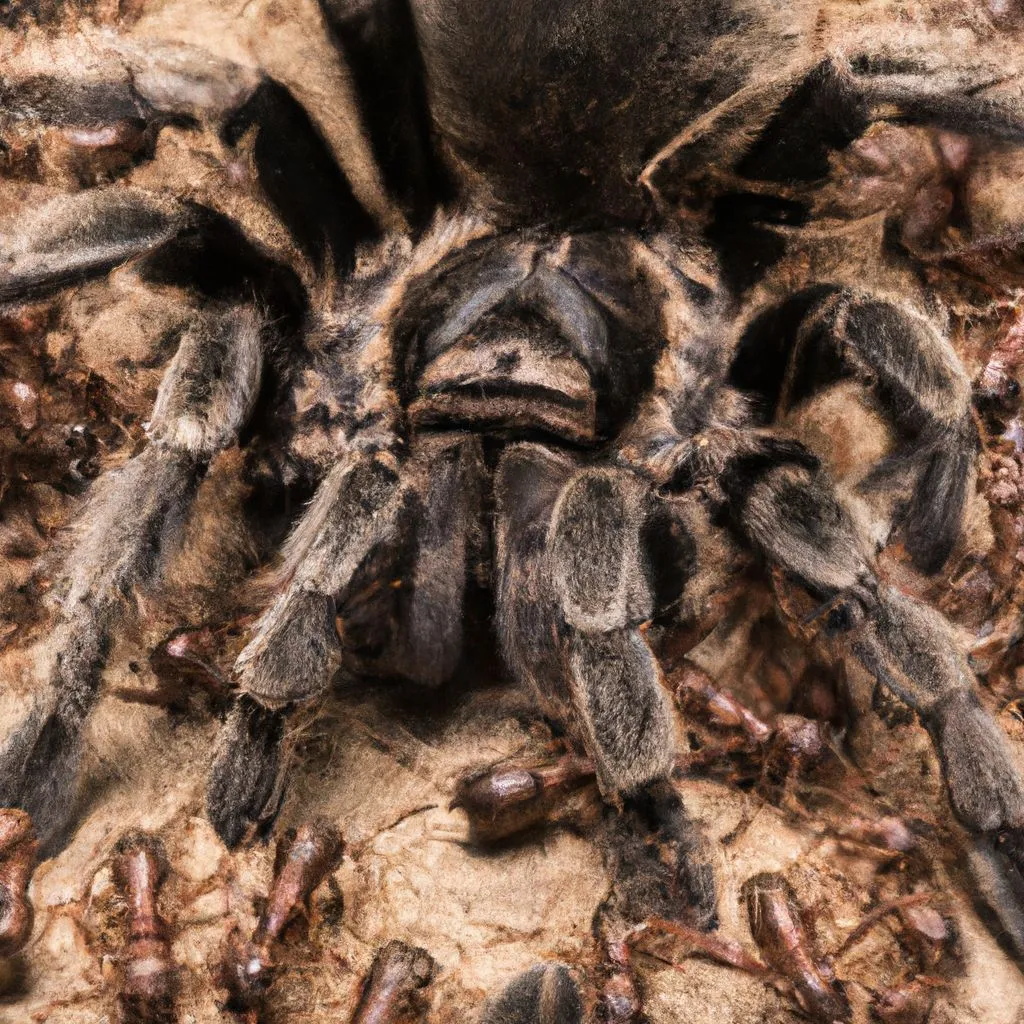
The interaction between ants and tarantulas illustrates the complex relationships within ecosystems. While tarantulas may seem intimidating, they are vulnerable to the tiny, relentless threat that ants pose. Understanding the dangers that ants represent, along with effective preventive measures, is essential for anyone caring for tarantulas. By taking proactive steps, we can ensure that these fascinating creatures can thrive in their environments, free from the unwanted threat of ants. Ultimately, protecting tarantulas involves understanding and managing the challenges they face in their environments.
